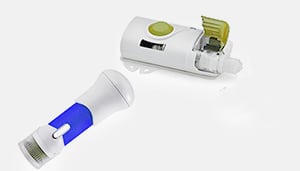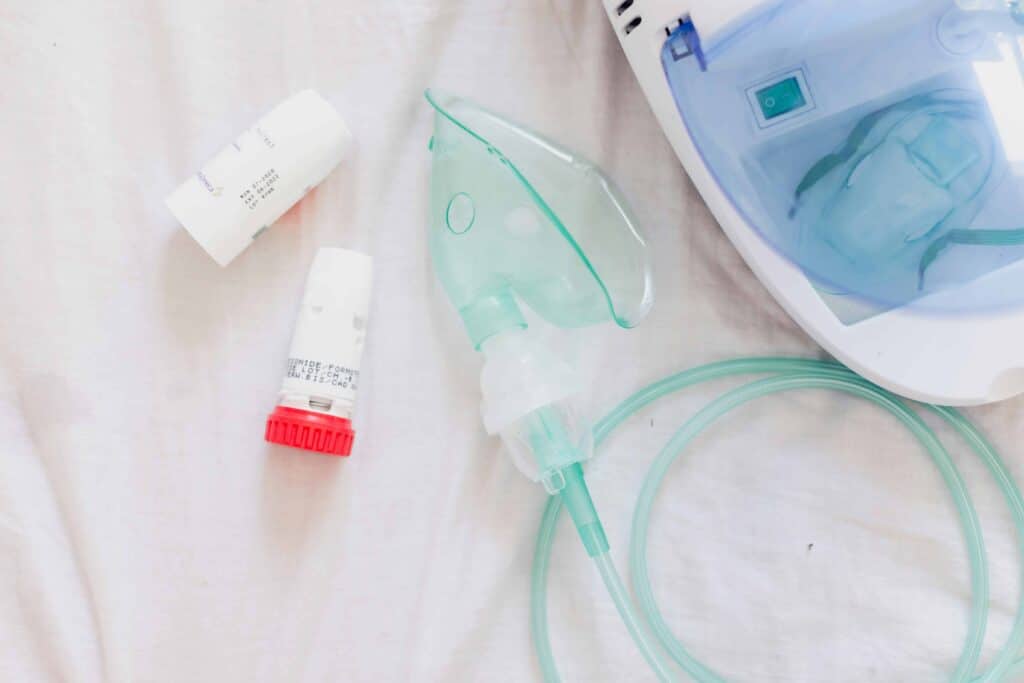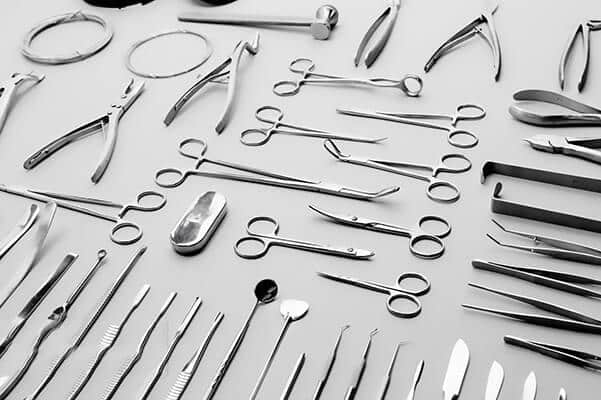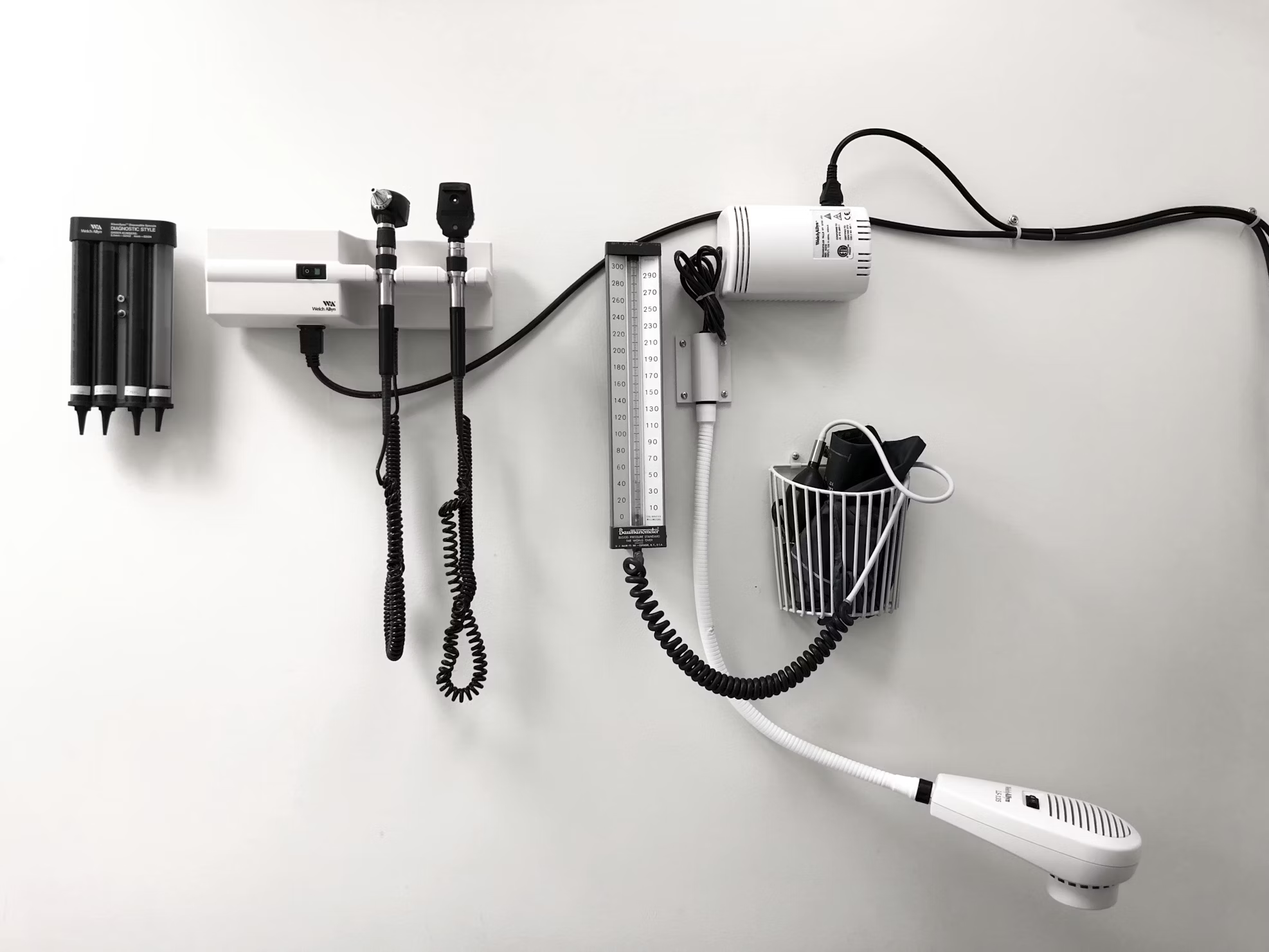Drug delivery systems and devices play a key role in modern healthcare, revolutionizing how medications are administered and accessed. These complex systems are designed to ensure precise, efficient, and targeted delivery of pharmaceutical agents to their intended sites of action in the body.
This article will delve into the comprehensive understanding of drug delivery systems, exploring their varied types, notable benefits, and more.

What are Drug Delivery Systems or Devices?
Drug delivery systems refer to technologies involved in delivering pharmaceutical compounds to produce the intended medical benefit. They encompass not only drugs themselves but also the method of delivery, the targeted areas within the body, and the overall strategy for efficient and effective drug administration. Drug delivery systems are designed to optimize the pharmacokinetics and pharmacodynamics of medications, ensuring that they reach the intended site of action in the body at the right concentration and time for maximum therapeutic effect.
Drug delivery devices are specialized tools designed to administer medication to patients. These instruments are crucial in the precise and controlled delivery of various types of medication through a pump or implant. Additionally, they come in a variety of forms and are tailored to meet the specific needs of the patients and the nature of the medication being delivered.
In summary, the drug delivery system is the comprehensive approach involving the drug and its delivery mechanisms, while the drug delivery device is the tangible tool used for administering the medication. Both are important components in ensuring the safe and effective delivery of Medicines to patients.
Types of Drug Delivery Devices

Inhaler: This device delivers drugs directly to the lungs and is commonly employed to treat respiratory conditions like asthma and chronic obstructive pulmonary disease (COPD).
- Nebulizers
- Metered Dose Inhalers
- Dry Powder Inhalers
- Supersonic Inhalers
- Pressure Mist Inhalers
Syringes and Needles: These are commonly used for subcutaneous, intramuscular, or intravenous injections.
- Prefilled syringe
- Automatic injectors
- Disposable medical syringes
Infusion Pump: Infusion pumps are used to deliver medication at a controlled rate over a period of time, especially when continuous medication delivery is necessary.
- Peristaltic pumps
- Volumetric pumps
- Gravity infusion pumps
Implantable Drug Delivery System: This is a device implanted in the body that gradually releases drugs over time, making it suitable for long-term treatment solutions.
- Implantable Diabetes Insulin Pumps
- Implantable Chemotherapy Pumps
- Implantable Opioid Pumps
Applications of Drug Delivery Devices
Drug delivery devices play a significant role in the treatment and management of various medical conditions. Key applications of drug delivery devices are as follows:
- Cancer Therapy: Chemotherapy pumps administer drugs at a controlled rate, targeting cancerous cells while protecting healthy tissues.
- Respiratory Disorders: Inhalers and nebulizers deliver medications directly to the lungs, effectively treating conditions like asthma, COPD, and cystic fibrosis.
- Ophthalmic Treatments: Ocular inserts and sustained-release devices deliver eye medications over time, enhancing patient compliance for conditions like glaucoma and eye infections.
- Cardiovascular Diseases: Drug-eluting stents release medications to prevent artery re-narrowing post-angioplasty, maintaining blood flow and lowering complication risks.
- Gastrointestinal Disorders: Drug-coated oral formulations target specific areas in the gastrointestinal tract, optimizing medication absorption for conditions like inflammatory bowel disease and gastrointestinal infections.
Benefits of Drug Delivery Systems

The benefits of drug delivery systems are manifold and cover a wide range of advantages, including:
- Targeted Therapy: Precise delivery of drugs to specific body parts ensures effective and accurate treatment.
- Reduced Side Effects: Direct delivery to target tissues or organs minimizes the occurrence of adverse reactions, enhancing safety and patient comfort.
- Enhanced Efficacy: Controlled and sustained release of drugs ensures optimal therapeutic levels over an extended period, improving disease management and treatment outcomes.
- Customized Therapies: Advanced drug delivery technologies enable personalized dosing regimens tailored to individual patient needs, optimizing treatment effectiveness.
- Improved Bioavailability: Drug delivery systems can enhance the bioavailability of poorly soluble or poorly absorbed drugs, maximizing their therapeutic potential and efficacy.
- Extended Duration of Action: Extended-release formulations, implants, and other drug delivery systems prolong the duration of drug action, reducing dosing frequency and enhancing therapeutic effects.
Materials in Drug Delivery Devices:
Here are some common materials used in drug delivery systems:
- Polymers: Lightweight, good biocompatibility and flexibility, such as polyethylene, polypropylene, and polyurethane. They are commonly employed in drug transport equipment such as intravenous infusion bags and tubing.
- Metals: High hardness, heat resistance, and durability, such as stainless steel, titanium, and aluminum. They are often utilized in needles, syringes, inhalers, and vaccine vials.
- Glass: Stability, high resistance, and recyclability, typically applied in ampoules and small bottles for injectable medications. Medical-grade silicone: Flexibility, biocompatibility, and inertness, commonly employed in plunger tips and seals for syringes.
- Ceramics: Such as zirconia and alumina, provide high strength and biocompatibility and are used in implantable drug-delivery devices.
- Plastics: Impact resistance and sterilizability, such as polycarbonate.
- Rubber: Flexibility and sealing properties, found in components like stoppers and seals in drug delivery systems.
Drug delivery devices manufacturer–Runsom Precision
Runsom Precision is committed to providing customized drug delivery equipment services to global customers, renowned for incredible quality, timely delivery, and competitive prices. Our engineering team employs the latest CNC technology and possesses extensive knowledge and experience. Additionally, we offer comprehensive services to meet the diverse needs, timelines, and special requirements of global customers. Runsom Precision leverages validated technologies and processes to swiftly transform your concepts or designs into tangible products in just a few days. Feel free to contact us at any time for an instant quote.
FAQs
Oral Drug Delivery is the most common route for drug administration, involving ingestion of medications in various forms such as tablets, capsules, and liquids.
Immediate drug delivery system refers to a drug delivery method that rapidly releases the active pharmaceutical ingredient (API) after administration, thereby achieving a rapid onset of action.
Passive drug delivery involves a method of drug administration where the release of the drug into the body occurs without the assistance of an external or artificial mechanism.
Other Articles You Might Enjoy:





